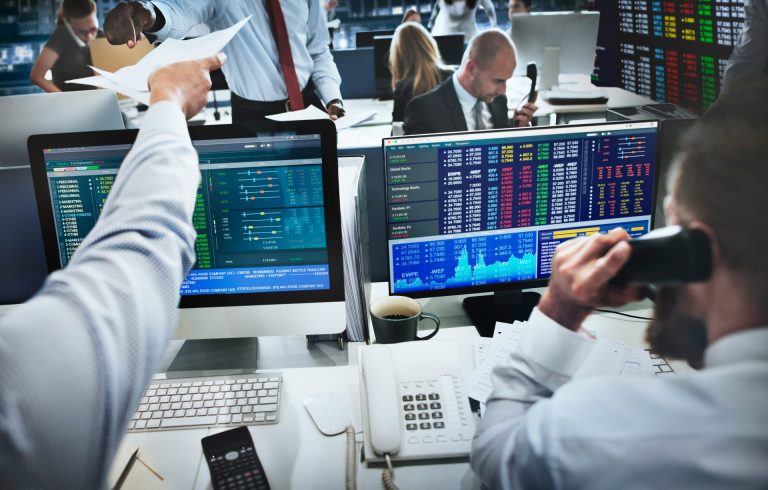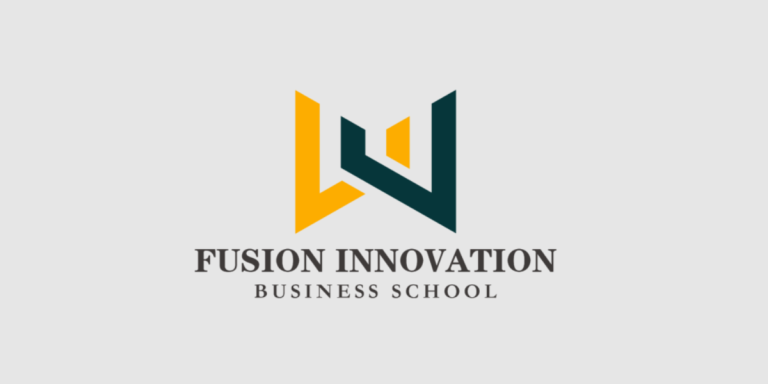As technology continues to transform industries, the legal sector is no exception. Artificial intelligence (AI) has become a powerful tool in legal services, enhancing efficiency and accuracy in tasks such as document review, legal research, and even predicting legal outcomes. However, alongside these benefits, AI in law raises significant ethical concerns that must be addressed to ensure fairness, transparency, and accountability. This article delves into the moral challenges of bias, accountability, and compliance in legal AI. It explores how these issues impact the legal profession and what steps can be taken to mitigate them.
Introduction to Legal AI
AI for legal research, legal AI software, and AI for corporate law have revolutionized the way lawyers work. These tools can quickly analyze vast amounts of data, identify patterns, and provide insights that might go unnoticed. For instance, AI legal tools can assist in contract review, document retrieval, and even predict legal outcomes, making them invaluable assets for corporate law firms. Despite these advantages, integrating AI into legal practices poses ethical dilemmas that need careful consideration.
Bias in AI Legal Systems
One of the most pressing ethical concerns with AI in law is bias. AI systems are trained on historical data, which can contain biases based on race, gender, or socioeconomic status. If the training data is biased, the AI’s outputs will also be biased, potentially leading to unfair outcomes. A well-documented example is the COMPAS algorithm used in the U.S. criminal justice system, which was found to label African American defendants at higher risk for recidivism compared to white defendants with similar profiles. This kind of bias undermines the fairness of legal decisions and perpetuates societal prejudices.
To address this issue, it’s crucial to ensure that AI systems are trained on diverse and unbiased data sets. Regular audits and the involvement of diverse teams in AI development can help detect and mitigate biases. Moreover, legal professionals must critically evaluate AI-generated outputs to identify potential biases and ensure they align with legal standards and client needs.
Lack of Transparency and Accountability
Another significant ethical challenge is the lack of transparency in AI decision-making processes. Many AI systems operate as “black boxes,” making understanding how they arrive at their conclusions difficult. This opacity raises accountability concerns, particularly in sentencing predictions or case outcomes, where AI-driven tools are increasingly used. Without clear explanations for AI-generated decisions, it becomes challenging for lawyers to explain their strategies to clients or for defendants to challenge AI-driven legal outcomes.
There is a growing need for explainable AI systems that provide interpretable results to enhance transparency. This can be achieved by developing AI models based on explicit rules and logical reasoning, allowing legal professionals to understand and evaluate the decision-making process. Additionally, maintaining human oversight and ensuring that AI systems are used as tools to assist, rather than replace, human judgment is essential for upholding accountability in legal decision-making.
Compliance and Regulatory Frameworks
Compliance with legal and regulatory frameworks is vital when integrating AI into legal practices. AI systems must adhere to data protection regulations such as GDPR and CCPA, which dictate how data is collected, processed, and protected. The EU AI Act, for example, imposes significant fines for non-compliance, emphasizing the importance of proactive measures to ensure AI systems operate ethically and securely.
Moreover, ethical guidelines and regulatory frameworks are essential for promoting responsible AI use in the legal sector. Collaboration between legal professionals, AI experts, ethicists, and policymakers is necessary to establish comprehensive guidelines that address issues like explainability, bias, and data privacy. Regular reviews and updates to these guidelines are crucial to keep pace with technological advancements and evolving ethical considerations.
Ensuring Ethical AI Use in Legal Practice
Lawyers must be aware of AI’s limitations and potential biases to ensure ethical AI use in legal practice. They should critically assess AI-generated outputs and apply their professional judgment to ensure that these outputs meet legal standards and client needs. Continuous education and training are essential for legal professionals to effectively utilize AI technologies while maintaining the integrity of the legal profession.
Furthermore, transparency with clients about the use of AI tools is essential. To maintain trust and professionalism, clients should be informed when AI is used in their cases, especially in tasks like document drafting or research. Establishing mechanisms for challenging AI-generated decisions is also crucial to promote transparency and accountability in legal proceedings.
Conclusion
Integrating AI into legal services offers immense potential for efficiency and innovation but also presents significant ethical challenges. Addressing bias, transparency, and compliance issues is essential to ensure that AI enhances legal practices without compromising fairness and accountability. By understanding these challenges and implementing strategies to mitigate them, legal professionals can harness AI’s power while upholding the legal profession’s ethical standards.
As AI evolves and becomes more integral to legal decision-making, ongoing dialogue and collaboration among stakeholders will be crucial. Developing and enforcing robust ethical guidelines, ensuring transparency in AI systems, and maintaining human oversight are key steps toward responsible AI integration. Ultimately, the goal is to leverage AI to improve access to justice and enhance legal outcomes while preserving the integrity of the legal system.













 Bitcoin
Bitcoin  Ethereum
Ethereum  Tether
Tether  XRP
XRP  Solana
Solana  USDC
USDC  Cardano
Cardano  TRON
TRON  Lido Staked Ether
Lido Staked Ether  Avalanche
Avalanche  Toncoin
Toncoin